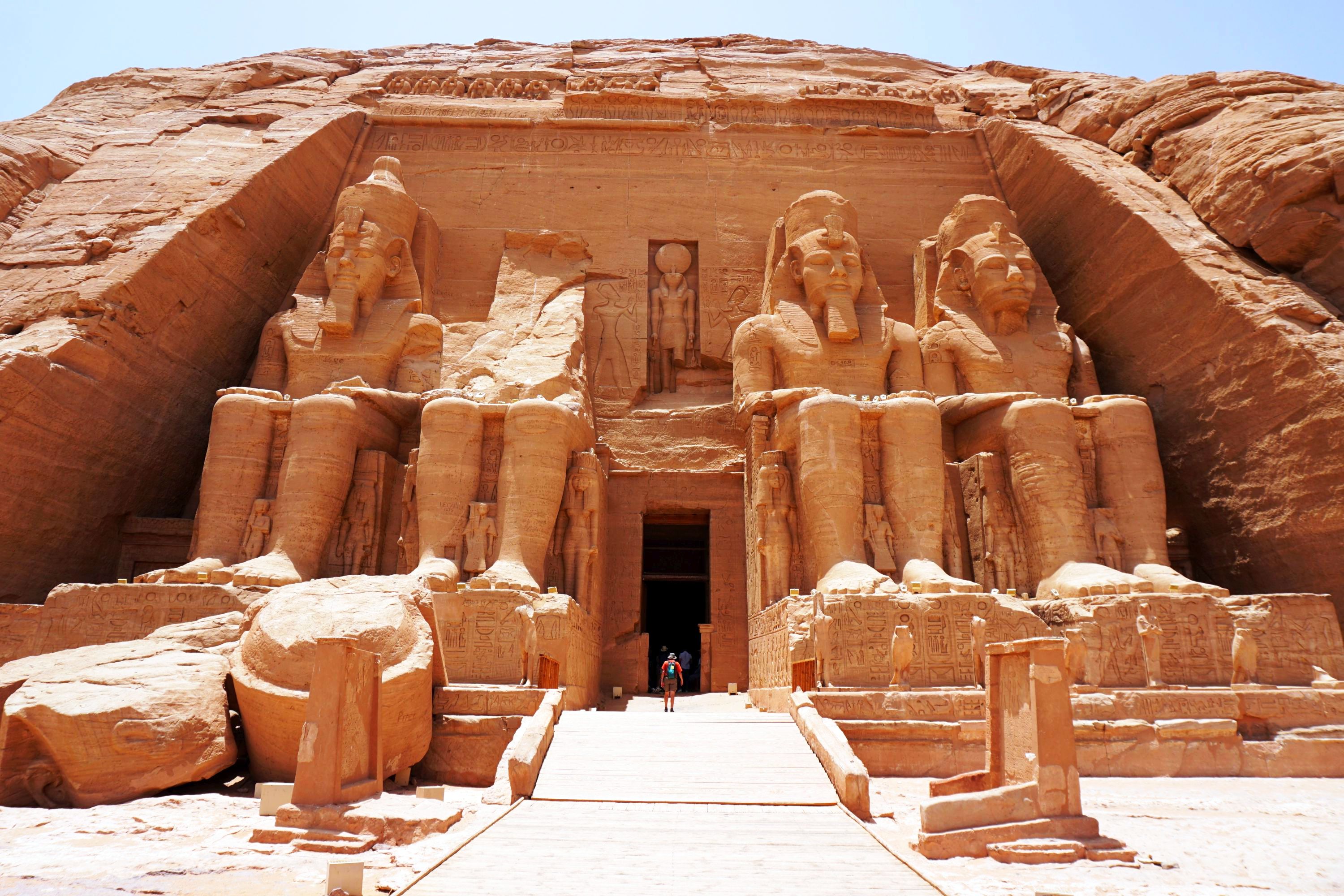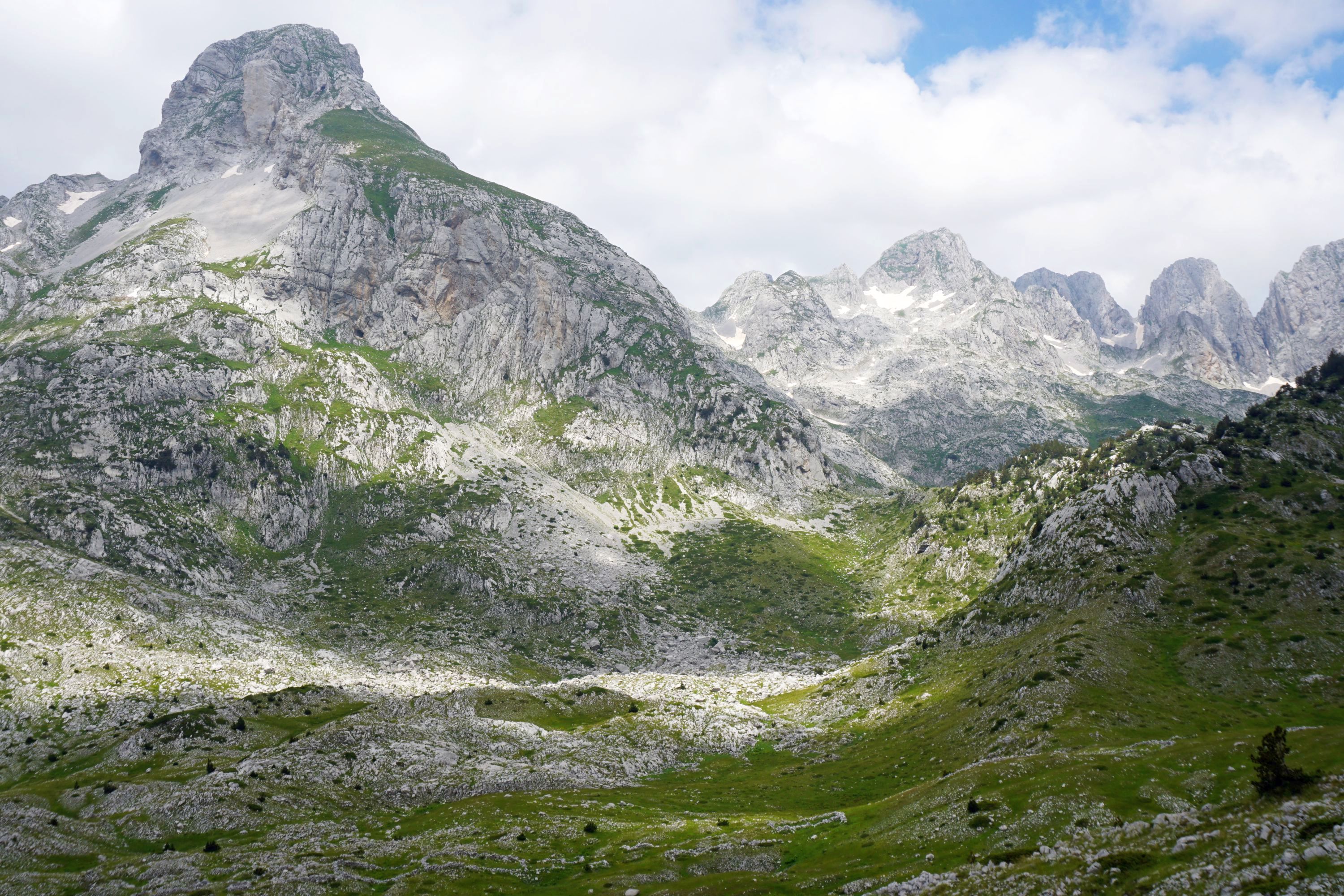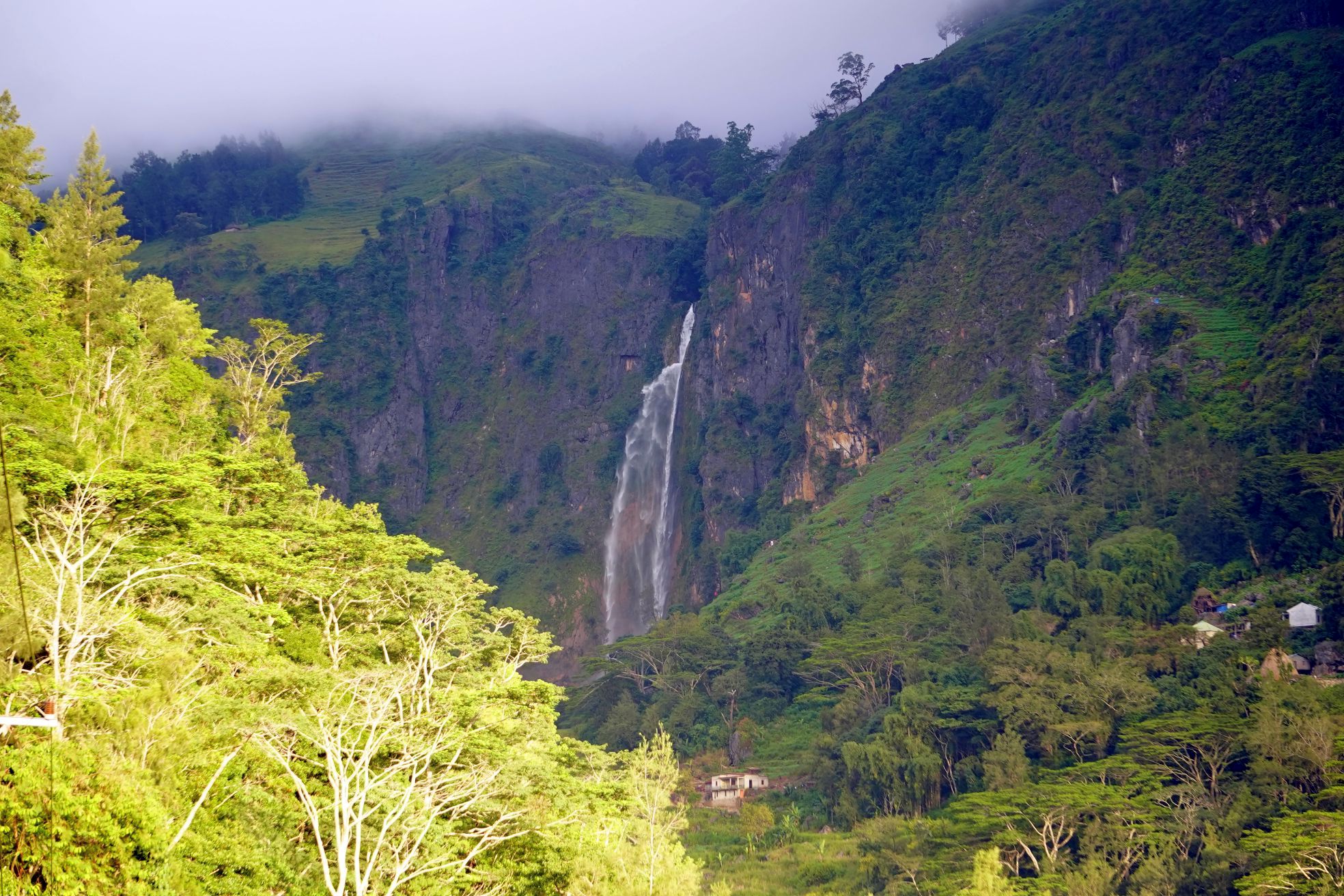One of the great Egyptian temples, Abu Simbel is a hugely impressive sight at the southernmost end of Egypt dating back over three thousand years. Built by Ramses II, one of the longest reigning Egyptian rulers, it is as much a temple to him than to any of the ancient gods.

The cheapest and most popular way to reach the temple is by one of the many buses that leave between 4 and 5am from Aswan. Even in the shoulder season of May there were more than 25 buses leaving in the morning. I took the more expensive option of flying, which though not that much quicker once transfer times are taken into account, meant I arrived around midday, in the heat but also without the bus crowds who had already left to return to Aswan. From the plane Abu Simbel was much larger than expected for somewhere so remote, with basically only one sight that takes a couple of hours to see.




There are two temples at Abu Simbel, dedicated to Ramses II and his favourite wife Nefertari. Both were relocated about 60m higher and 200m further back from the original location in the 1960s to avoid them being lost to Lake Nasser created by the building of the High Dam. A good model in the Nubian Museum in Aswan shows the change. It was amazing how a mountain could be moved, cut up into blocks, and that the site was saved, but it is still a bit odd to have a man made mountain home to an ancient temple.



The Temple of Hathor has an impressive facade showing both Nefertari and Ramses II.




Inside are carvings and columns, all dug out of the original mountainside.





At the back is the sanctuary.

Around the corner is the Great Temple of Ramses II, marked by four colossal 20m high statues of Ramses II, and other smaller statues. One was broken in ancient times by an earthquake and not repaired in the move.


The Great Hypostyle Hall features eight more huge statues of Ramses II and elaborate carvings.









Leading off the hall are six storerooms, again covered in carvings.




The four-columned vestibule has more reliefs.

The sanctuary is home to four statues, three of gods and one of Ramses II. Twice a year three of these are lit by sunlight for 25 minutes.



Abu Simbel now lies on the shore of Lake Nasser, an unusual coloured lake in the middle of the desert, with surprisingly little vegetation around the edges, despite the freshwater.

A small visitor centre on the way out had a useful model of the site, before I had to run the gauntlet of four sets of shops and their shopkeepers to exit the site.








Leave a Reply